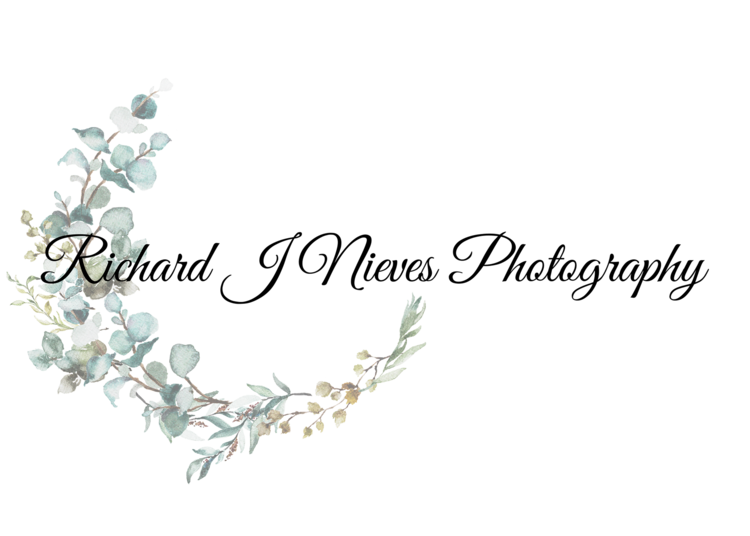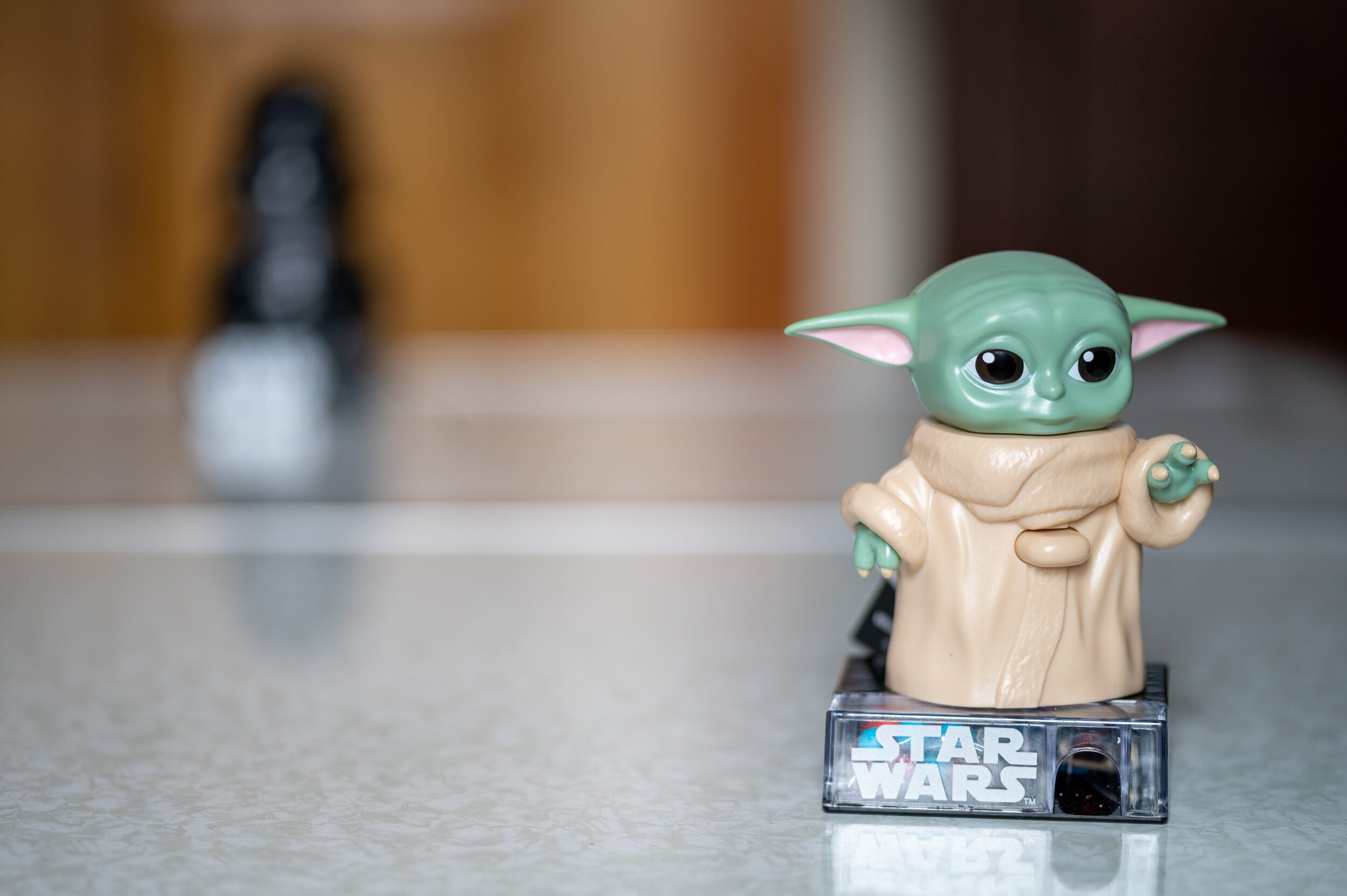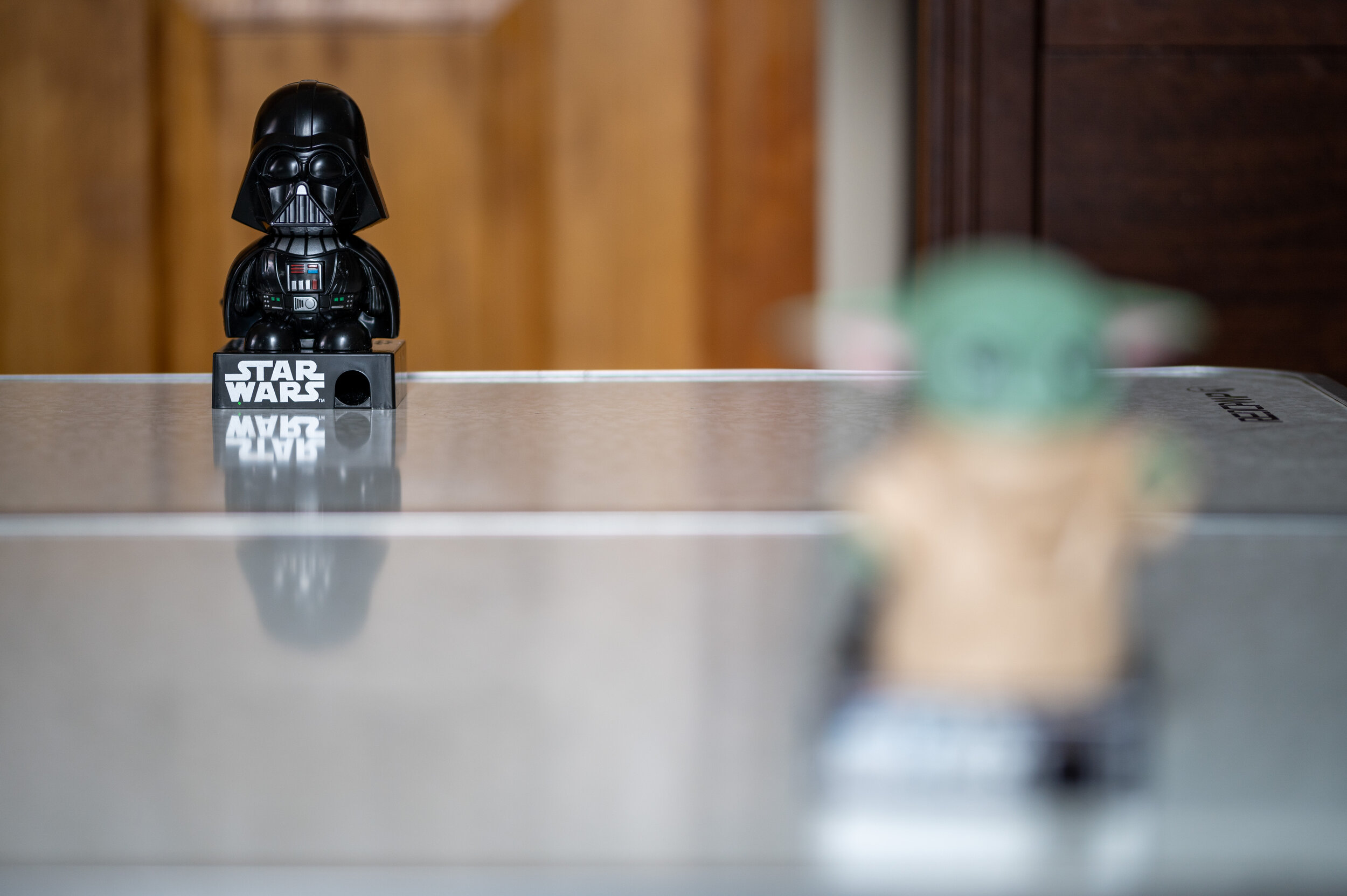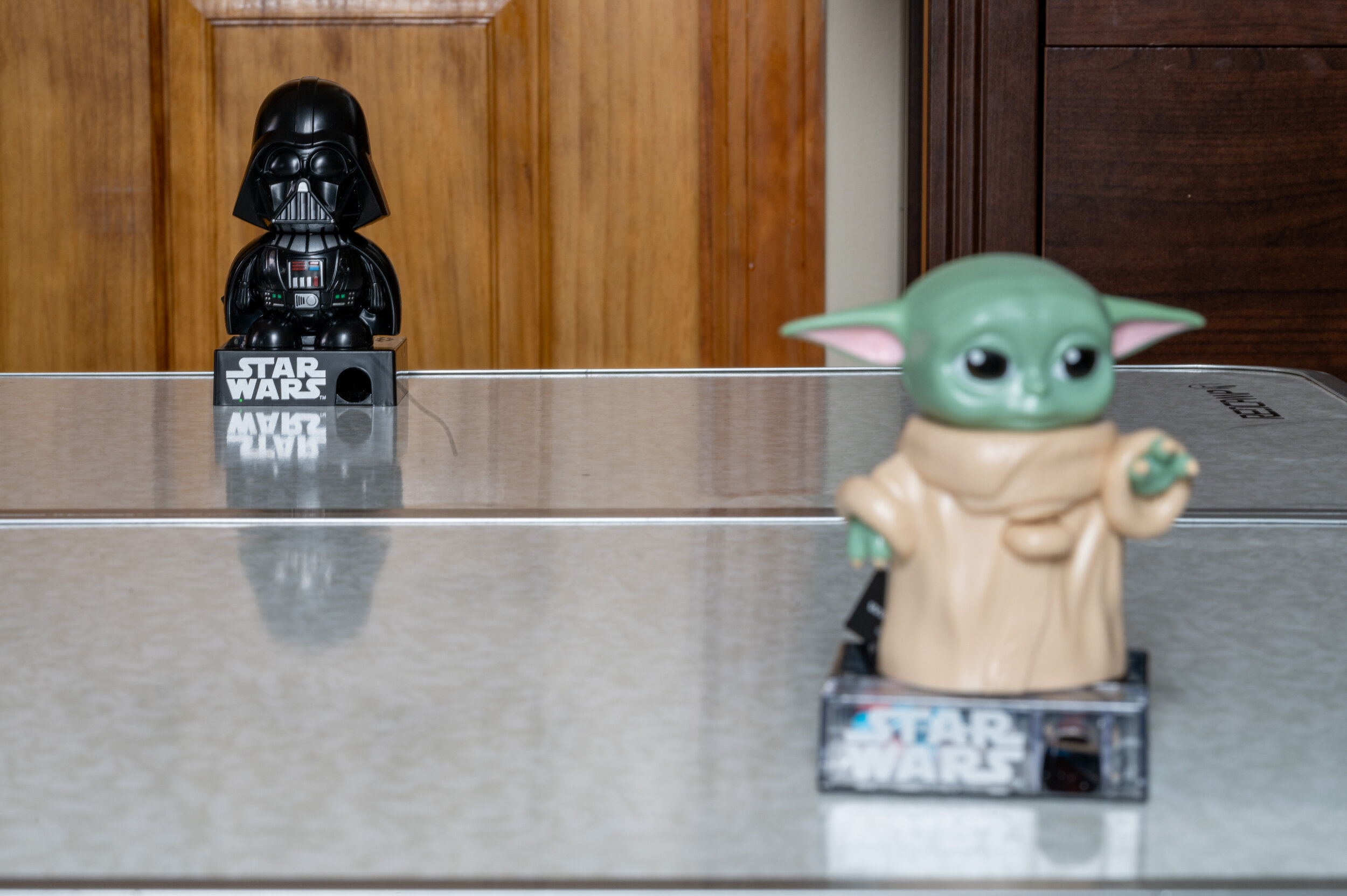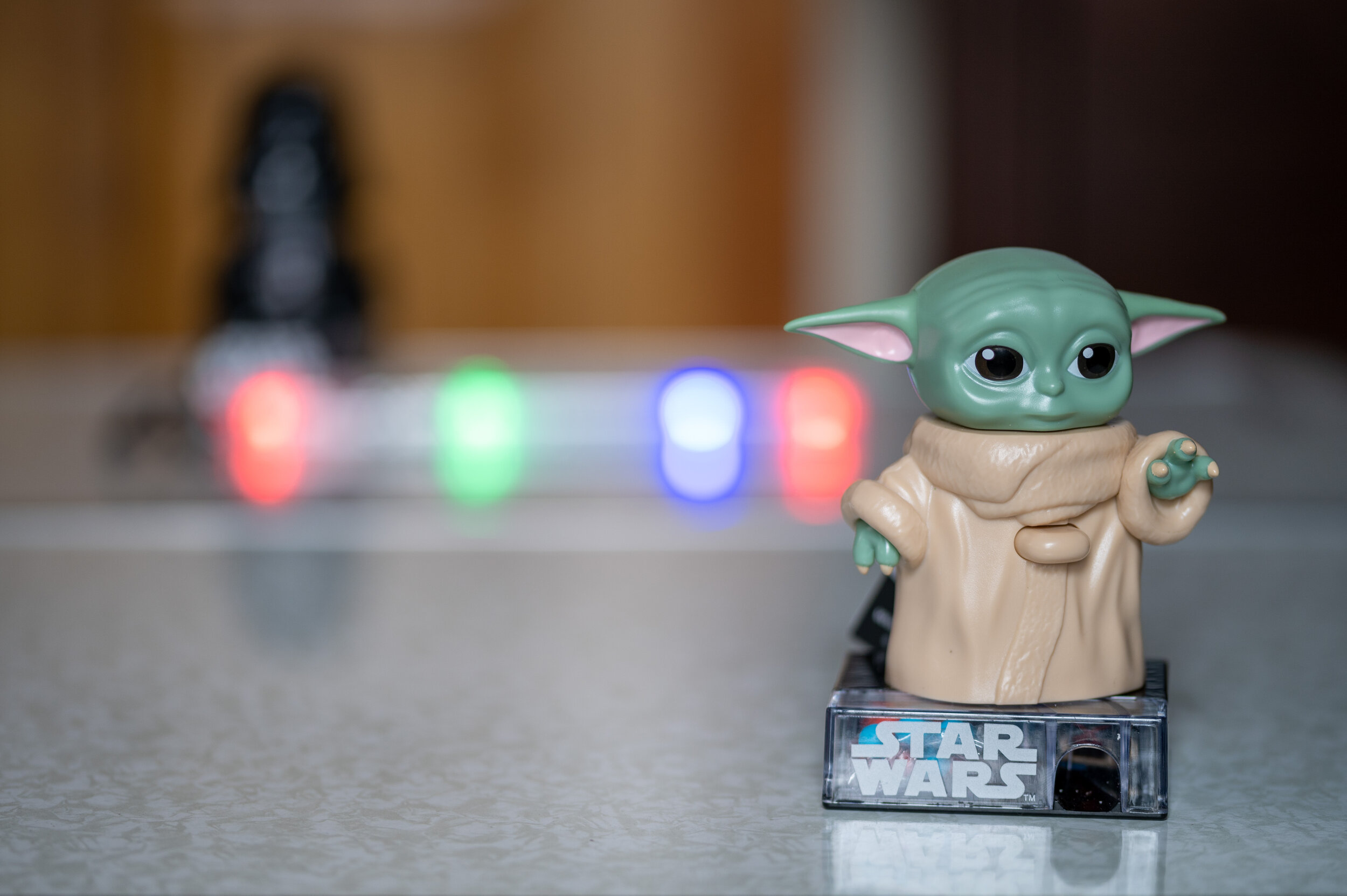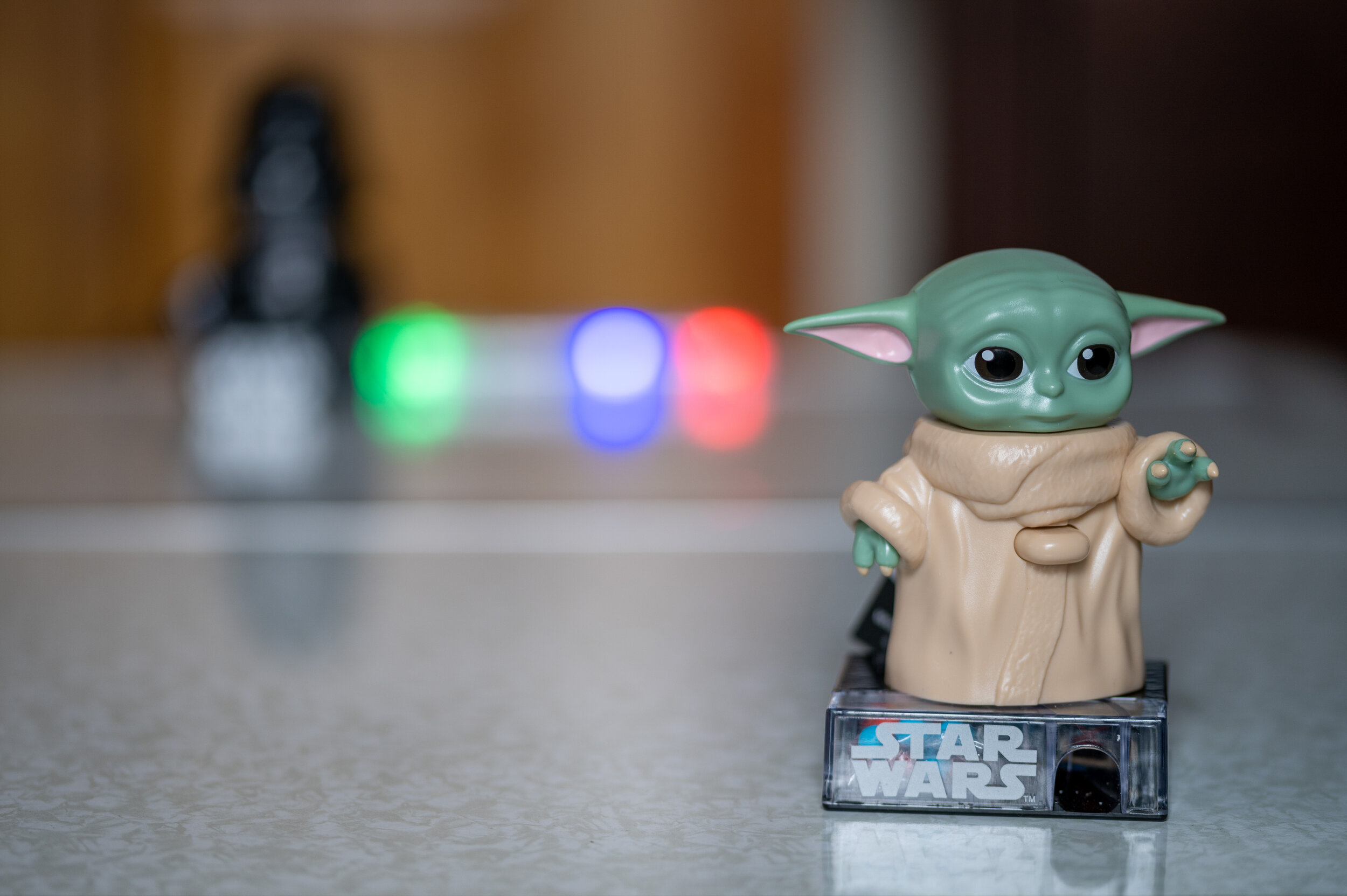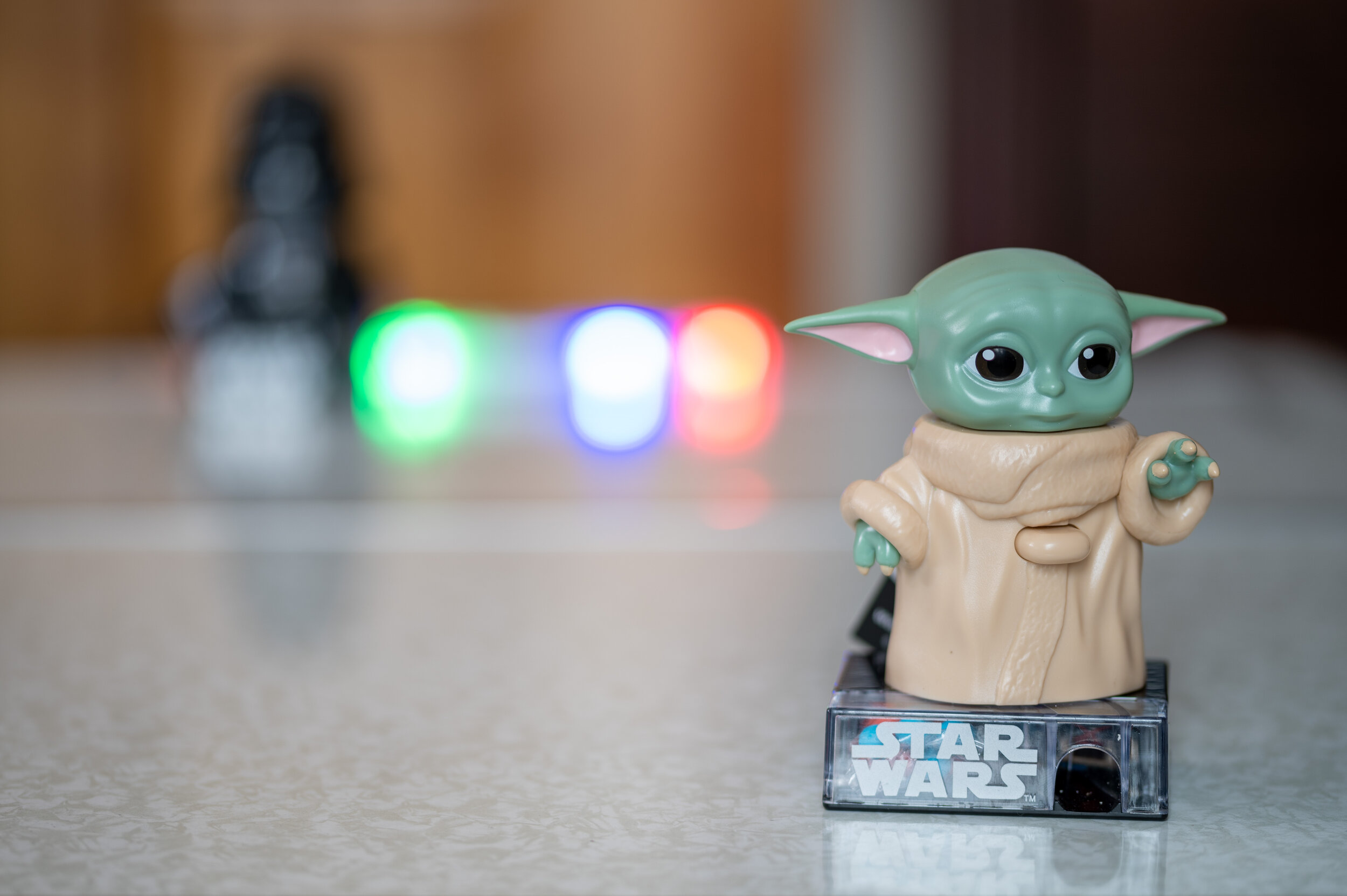Every photo was taken using the Nikon Z6 with a Sigma 105mm, f/2.8 lens on an FTZ adapter.
image 1 and 2 were taken at f/3.
Image 3 was taken at f/22.
Image 4-6 are examples of bokeh taken at shutter speeds of 1/20th, 1/25th, and 1 second intervals respectively.
Transcript
Welcome to the second episode of the Richard J Nieves photography podcast. It's great to have you here to ready to listen and learn a little something from me. What going to learn about today is the aspect of a photo I previously mentioned in episode one called the aperture. To recap, the aperture is the element of a lens that controls how blurry the background and the foreground of your subject is. You know what I'm talking about, even if you don't recognize the term. You've seen photos where the focus of the photo is a person, a place, a thing in focus, but you can't really see what's in front of them or behind them.
That's what the aperture of the lens controls. They also call this feature the depth of field of a photo. It surely is a feature, seeing as you can buy lenses with different aperture ratings at wildly different price points. When changing the aperture your camera, you have to know the values involved in measuring aperture.
That value you can start as low as 0.95 to as high as 22. That value is called an f-stop. You'll find it's locked in your camera with an F and a slash followed by the numbers just mentioned. The part that took me for a whirl when I first started photography was the understanding that the smaller the number, the less in focus your background or foreground will be.
Whereas it's the polar opposite with larger numbers. If I'm taking a photo of my adorable two year old playing at F/22, I can see the bit of Farina he had for breakfast still on his cheek that I missed when cleaning from more than six feet away from him when shooting portraits, that shallow background and foreground is celebrated among double tappers on Instagram, but there's also a place for getting as much in focus as you can.
Beauty, fashion, or portrait photography for instance, where getting the most of the product in focus is more important than that's shallow background. One term you'll hear a lot when talking about aperture or depth of field is Bokeh. Bokeh is essentially the quality of background rendered by your camera when you have an extremely shallow depth of field. When you see those awesome photos and when someone is in focus and the background is incredibly out of focus, you'll sometimes see sources of light turned into almost balls of illumination. The way those little spheres come out in your picture can change depending on the quality of your lens and how the camera renders your photo after capture.
I know I threw a lot out there, at you involving just one aspect of the exposure triangle, but I hope the info was concise enough for you to understand and use the next time you're taking a photo. I'll be including photos with examples in the blog post. For this episode, over at my website, www.richardjnphoto.com/blog to show you the aperturer in use. Be on the lookout for the next episode, when we'll discuss the next portion of the exposure triangle, shutter speed.
If you've gotten this far. Thank you so much for listening. I think we'll try and keep this streak going Monday through Friday until we start getting into heavier topics and interviews with other photographers.
Remember, keep creating, stay humble and enjoy the journey. Catch you later. .
